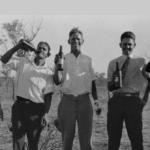The Kalkadoon People & Mount Isa
The land around Mount Isa was home to the Kalkadoon Aboriginal tribe. The Kalkadoon people led a subsistence lifestyle on this land that white settlers first saw as poor grazing land, with the odd mineral deposit. As settlers and prospectors pressed further into their land, the Kalkadoon people fought back in one of Australia’s most successful guerrilla wars.
BATTLE MOUNTAIN, 1884
Their success continued until at Battle Mountain in 1884, with what some (white) historians have called a rush of blood, the tribe attacked a fortified position in large numbers and suffered terrible losses. In addition a weakened state of the tribe made their land more vulnerable to the settlers and soon much of the land was lost.
Armed patrols chasing the surviving tribe members and poor grazing lands for the settlers made times hard in the area over the following decades.
MT ISA PROSPECTORS 1924
It is said that a lone prospector, John Campbell Miles, stumbled upon one of the world’s richest deposits of copper, silver and zinc during his 1923 expedition into the Northern Territory. Most of us are unaware that John was taken to these rich deposits by a young Aboriginal man by the name of Kabalulumana.
When Miles inspected the yellow-black rocks in a nearby outcrop, they reminded him of the ore found in the Broken Hill mine that he had once worked at. These rocks were weighty and heavily mineralised. A sample was sent away and the assayer (based in in Cloncurry) confirmed their value.
In conclusion Miles and four farmers staked out the first claims in the area. Taken with friend’s stories of the Mount Ida gold mines in Western Australia, Miles decided upon Mount Isa as the name for his new claim.
OTHER INTERESTING FACTS ABOUT MOUNT ISA
- Mount Isa Post Office opened on 1 August 1924.
- In 1929 a location for the town’s hospital was chosen with a small building completed the following year.
- In 1931 a large structure was moved to the site from the closed mining town of Kuridala.





